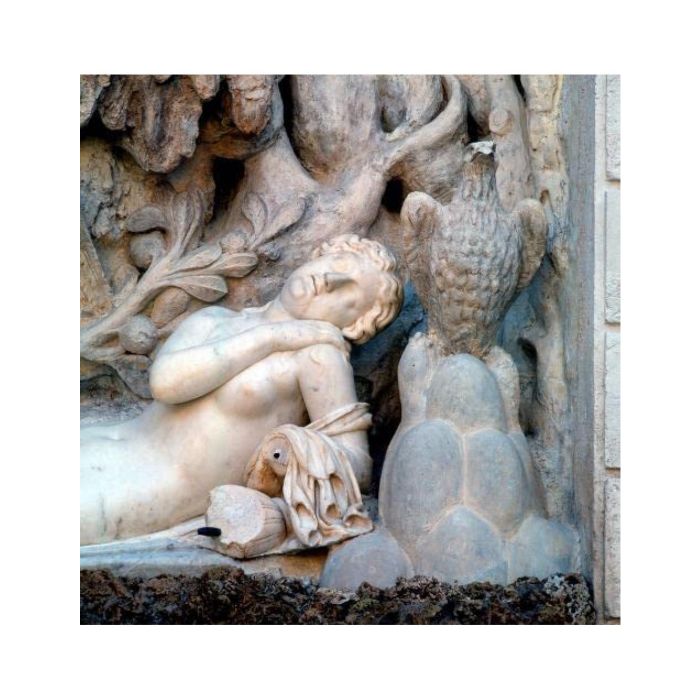My Cart
Your cart is empty
Looks like you haven't made your choice yet.
- Subtotal
Vila d'Este

In Tivoli
- Skira (T&H)
- by Andrea Bruciati
More Information
| Publisher | Skira (T&H) |
|---|---|
| ISBN | 9788857247601 |
| Author(s) | Andrea Bruciati |
| Publication date | October 2022 |
| Edition | Hardback |
| Dimensions | 280 x 280 mm |
| Illustrations | 120 col.ill. |
| Pages | 160 |
| Language(s) | English ed. |
Description
UNESCO World Heritage Site since 2001, Villa d’Este is an Italian garden masterpiece with an outstanding array of fountains, nymphaea, grottoes, water features and sound effects.
Following the disappointment for not having been elected Pope, Cardinal Ippolito II d’Este in this villa revived the splendour of the courts of Ferrara, Rome and Fontainebleau, echoing the magnificence of Villa Adriana.
Governor of Tivoli from 1550, the Cardinal immediately envisioned the creation of a garden on the slopes of the valley known as Valle Gaudente. But it was only after 1560 that the Villa’s architectural and iconological programme was defined by painter-archaeologist-architect Pirro Ligorio and executed by court architect Alberto Galvani. The palace was decorated by the leading exponents of late Roman Mannerism.
When Ippolito d’Este died in 1572 the villa was almost completed. Further 17th-century interventions were followed by a period of decline, until Cardinal Gustav Adolf von Hohenlohe infused new life into the property also welcoming the musician Franz Liszt (1811–1886). Acquired by the Italian State, Villa d’Este was restored and opened to the public in the 1920s and 1930s.

Vila d'Este
